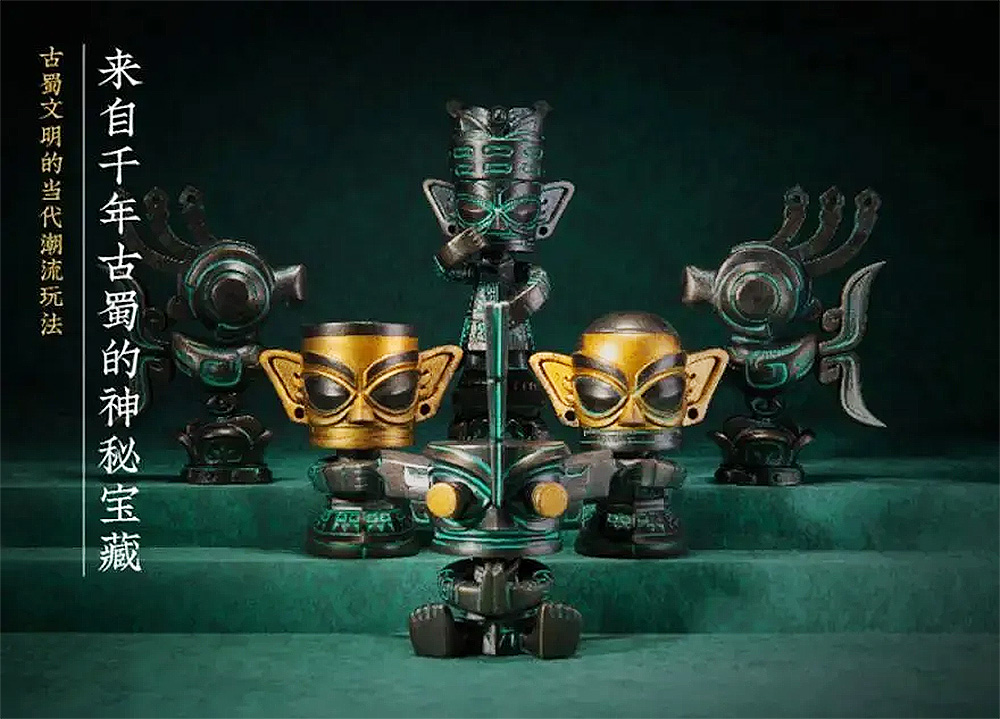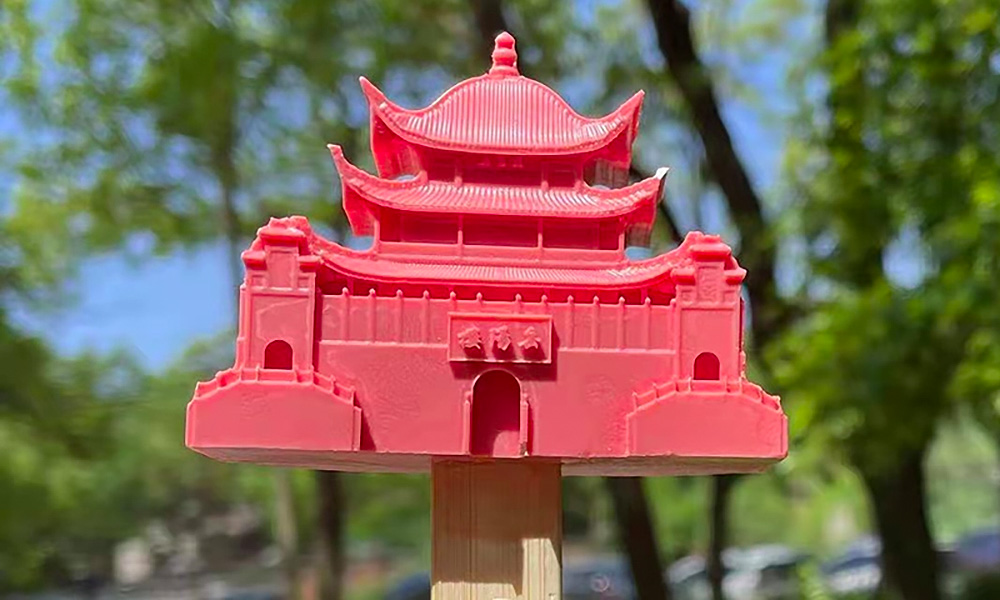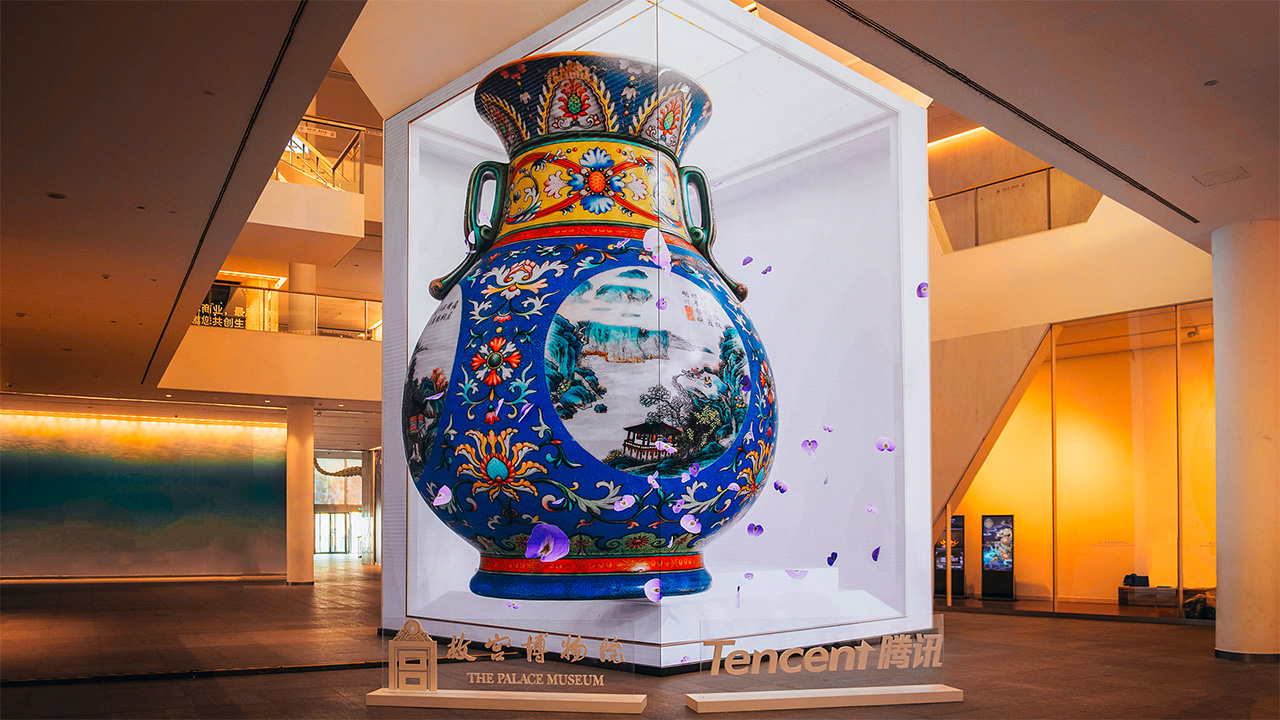On December 15, Beijing’s Palace Museum, in its ongoing partnership with Tencent, launched The Way In Patterns: An Immersive Digital Exhibition, coinciding with their jointly presented Culture + Tech International Forum. Leveraging augmented reality and virtual reality technologies, the exhibition features high-definition renderings of “digital cultural relics,” selected from the museum’s vast collection. Besides highlighting the ties that continue to bind the art and tech sectors, the collaborative show bears out an ongoing trend in China: the fast-expanding consumer appreciation and appetite for cultural relics.
In 2021 alone, cultural heritage and cultural relics, bolstered by government support, have powered licensed products, inspiring everything from popsicles to blind boxes to trading cards. These projects represent major steps towards preserving the China’s cultural heritage, making it accessible to younger audiences. And consumers have responded in kind: in 2019, the number of visits to museum stores on Tmall crossed 1.6 billion, while the platform’s recent Double 11 festival saw sales of cultural products grow by 400 percent year-on-year.

For Tmall’s Double 11 shopping festival, Sanxingdui Museum released blind boxes containing figurines based on ancient masks unearthed at the Sanxingdui site. Image: Sanxingdui Museum
The Palace Museum has had a significant hand in spearheading the wenchuang trend, as it’s known and which we’ve been chronicling since 2020. In 2013, it crowdsourced product designs based on its cultural holdings, and by 2017, was overseeing the launch of some 10,000 cultural products. Since then, its licensed goods have earned the institution some $155 million. “We did it all by means of some self-managed ventures, followed by mutual partnerships and brand licensing,” says Wang Yamin, the museum’s Executive Deputy Director.
In a further sign of cultural licensing’s positive trajectory in China, e-commerce platforms Tmall and Taobao have welcomed over 100 cultural venues over 2020’s lockdown. Almost 80 percent of them are Chinese institutions. While establishing their online presence, the move enables cultural organizations to better reach a huge and increasingly young base of cultural consumers. “It’s good to see that Chinese Gen Z-ers are so passionate about their culture,” says Mo Ning, head of Tmall Culture. “And Chinese museums are doing a great job by fulfilling their thirst for traditional culture in different yet innovative ways.”
According to Ning, exquisite and auspicious ornaments, unique apparel items, aromatherapy products, and cushions are becoming more popular as cultural products. “I think as this industry evolves, Chinese consumers will look for more and different products,” she adds. “As the cultural aspirations of Chinese consumers are bound to rise, more museums will be keen to participate and design creative products.”

Over Labor Day in May, cultural venues including the Yueyang Tower in Hunan Province released popsicles shaped like local landmarks and cultural relics. Image: Xinhua
Adjacent to this, Western institutions have likewise been entering China’s cultural licensing market in the past few years. Most, including the British Museum and the Victoria & Albert Museum (V&A), have deployed Western art and culture for products made easily available on Tmall. As Lauren Sizeland, Head of Licensing and Business Development at the V&A, puts it, “China is a country with thousands of years of history, and one of great energy and enterprise. It is perfectly aligned as an area of growth for the V&A.”
Looking ahead, it won’t be surprising if the rest of the world becomes an area of growth for China’s cultural heritage. As ARTiSTORY recently reflected to Jing Culture & Commerce, on the occasion of its partnership with Dunhuang Inspiration, “Dunhuang is very attractive and loved by European companies. They saw our Dunhuang themes and gallery [at the Brand Licensing Expo in London], developed by our European creative team, which greatly increased their interest in Dunhuang’s cultural IP.” Indeed, with wenchuang having matured as a local market force, global players are bound to bank on its richness as much as its commercial potential, ensuring the longevity and continued potency of Chinese cultural IPs.
Edited by Min Chen



